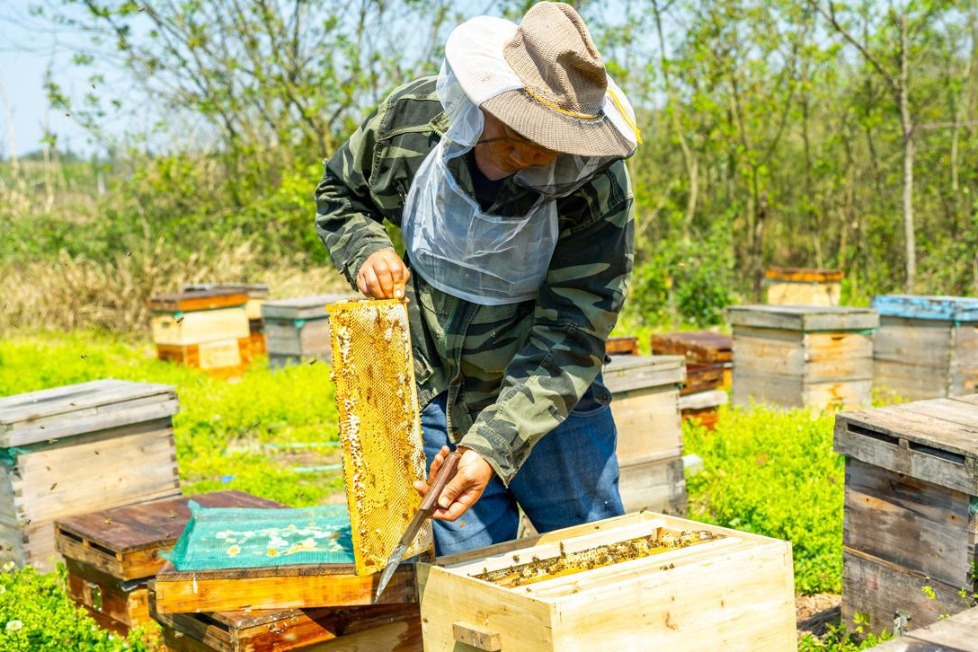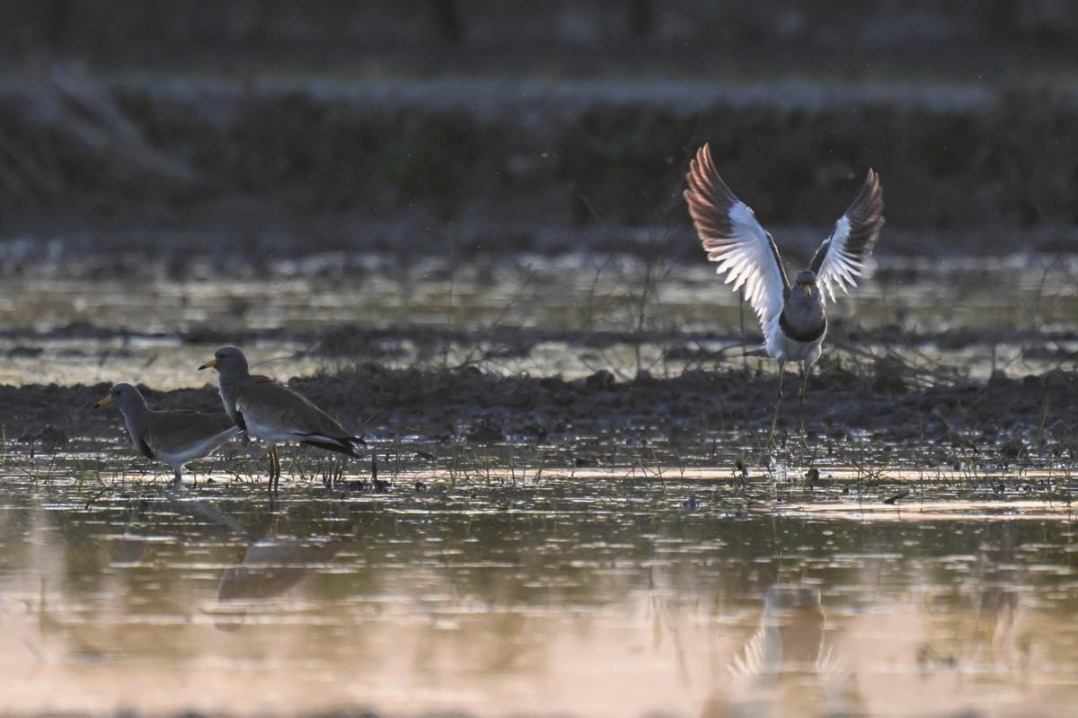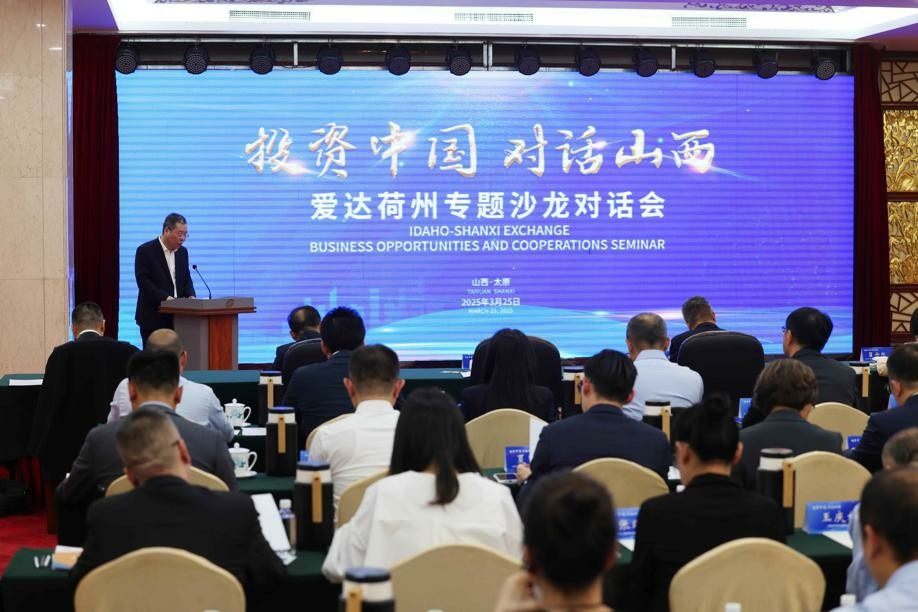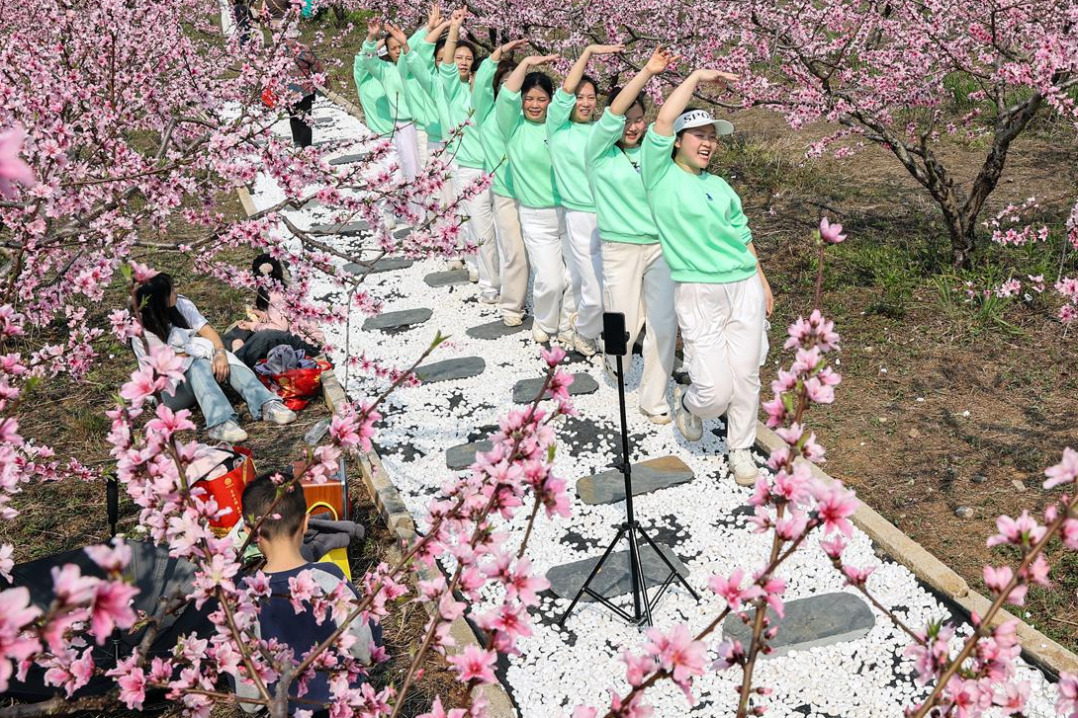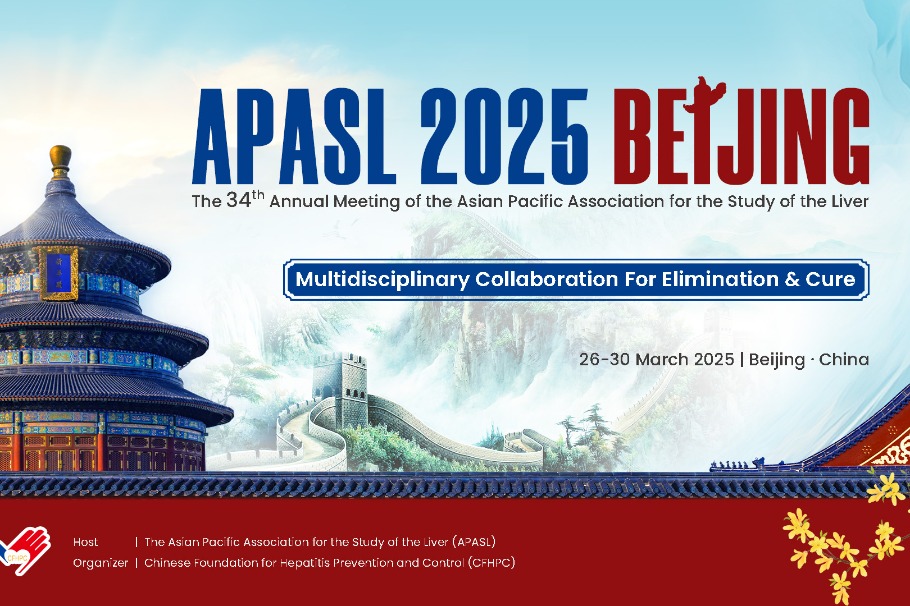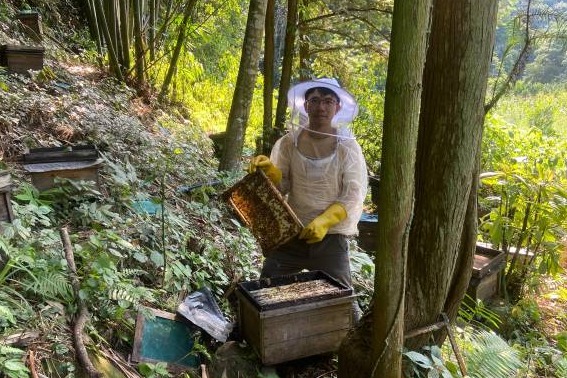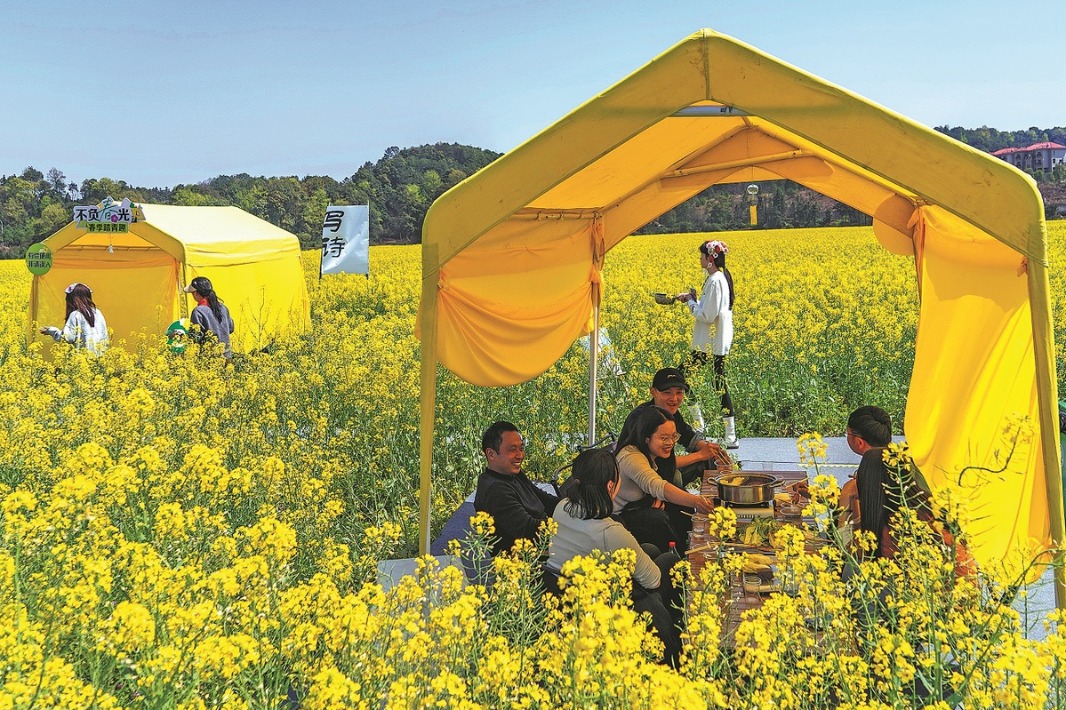Zebrafish, grain experiments answer cosmic questions

On China's space station orbiting 400 kilometers above Earth, scientists are conducting a series of astounding laboratory experiments.
From zebrafish that lay eggs to rice that completes an entire life cycle, to fruit flies performing acrobatics, these fascinating space research projects are providing crucial clues for humanity in exploring the mysteries of life.
In April last year, four zebrafish measuring about three centimeters were brought aboard the Chinese Space Station by the Shenzhou XVIII crew.
In the "Tiangong Aquarium" ecosystem, four grams of hornwort, a fast-growing aquatic plant that can oxygenate water, were added. Over 43 days in orbit, the zebrafish not only swam freely but also naturally spawned in the space environment, according to the Chinese Academy of Sciences.
This marked the first time China had established a self-sustaining aquatic ecosystem in space, with a closed loop of carbon dioxide exhaled by the fish and oxygen released by the plants. The 43 days also surpassed the previous record of 30 days set by the International Space Station's aquatic system, said researcher Wang Gaohong from the Institute of Hydrobiology under the CAS.
"These three-centimeter-long fish are crucial for verifying vertebrate survival capabilities in space," he said.
"Zebrafish were chosen not only because their genome shares over 70 percent similarity with humans, but also due to their rapid reproduction rate," Wang explained.
Scientists are studying the effects of microgravity on vertebrate bones and muscles through the swimming posture and movement trajectories of the fish.
The second phase of the experiment, set to start this year, will be expanded to consist of six zebrafish and six grams of hornwort.
Scientists plan to later dissect the fish samples on Earth to focus on the effects of microgravity on protein metabolism. These experiments are essential not only for astronauts' health, but also for potentially developing new treatments for osteoporosis on Earth, Wang said.
In the plant cultivation cabinet of the Wentian module, rice research completed a 120-day life cycle and achieved the first cultivation of space-regenerated rice.
Since the experiment began in 2022, scientists have overcome challenges like pollination and grain filling in microgravity. Space-grown rice exhibits unique characteristics — more upright leaves and fewer grains per spike, yet the grains are fuller, said Wang Lihua, a researcher at the CAS Center for Excellence in Molecular Plant Sciences.
Excitingly, the space rice seeds have successfully propagated to a third generation on Earth, proving that cosmic radiation has not affected their genetic stability.
The research team is exploring cutting and regrowing techniques beyond traditional planting methods — harvesting the first batch and allowing the stubble to regrow.
Remarkably, space-regrown rice produces new spikes in only 45 days, reducing the cycle by one-third compared to on Earth. This "one sowing, multiple harvests "approach can increase space planting efficiency by half, offering a new perspective on food production for future lunar bases.
By comparing gene data from space and Earth, scientists have identified over 20 molecular switches regulating flowering.
"It's like equipping plants with a biological clock regulator, enabling us to potentially design space rice that delays flowering to continuously produce more food during long-term missions," Wang explained.
Furthermore, in granular vibration experiments, researcher Hou Meiying from the Institute of Physics under the CAS observed movement that defies conventional knowledge. When a container with mixed grains vibrates under microgravity, larger grains sink instead of rising, a phenomenon named the anti-Brazil nut effect.
This discovery explains the unexpected sinking incidents lunar rovers encounter on the moon's surface and provides crucial data for designing future extraterrestrial exploration vehicles, CAS scientists said.
In November, fruit flies aboard the space station had already reproduced three generations in space. These tiny insects exhibited unique "space dance" behaviors in the weightless environment — floating and tumbling instead of crawling or flying, completing courtship and mating activities, the scientists said.
By analyzing over four terabytes of surveillance video, Chinese scientists are using artificial intelligence to decode the adaptive mechanisms behind these behavioral changes, said researcher Li Yan from the CAS.
Over the next decade, more than 1,000 research projects, including space breeding of mice and the synthesis of cosmic materials, will take place.
"Each piece of data we accumulate now is paving the way for humanity to step out of Earth's cradle," said CAS researcher Zhang Wei.
- Zebrafish, grain experiments answer cosmic questions
- Space station providing unique environment for research firsts
- More Chinese embrace making wills earlier in life
- China launches new data relay satellite
- Online column dedicated to protecting Taiwan compatriots
- China's State Council appoints, removes officials
















